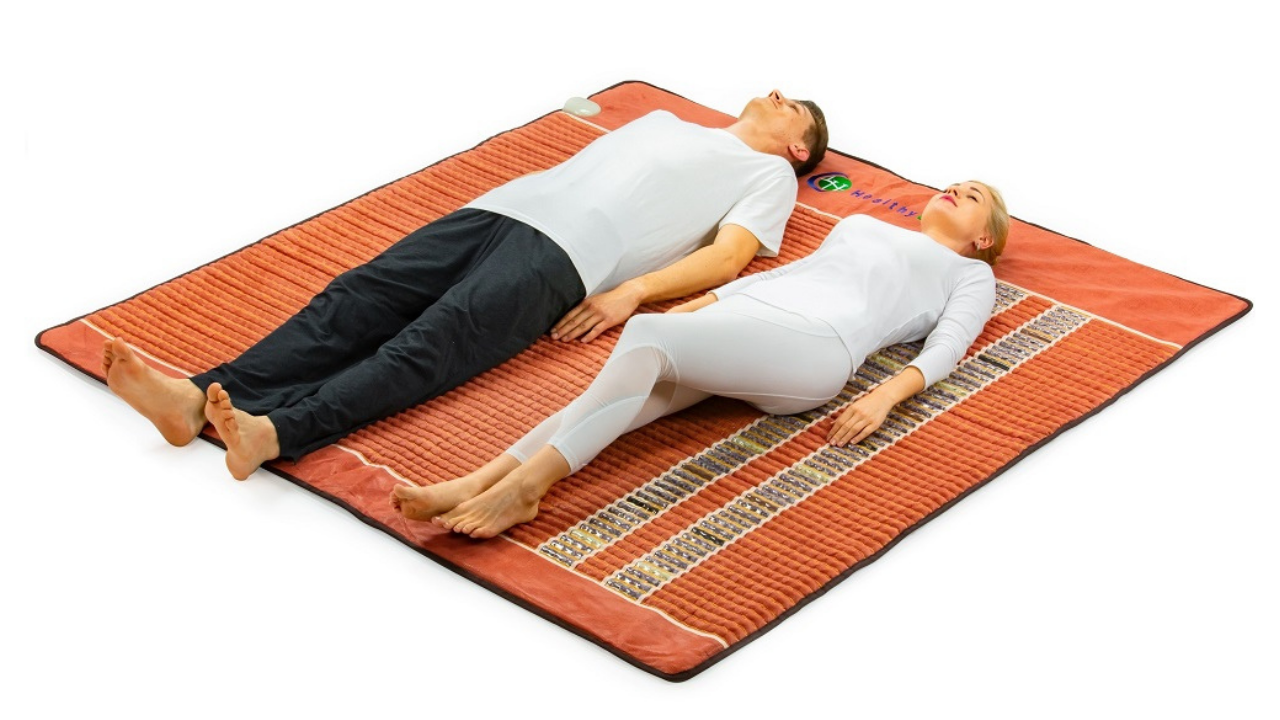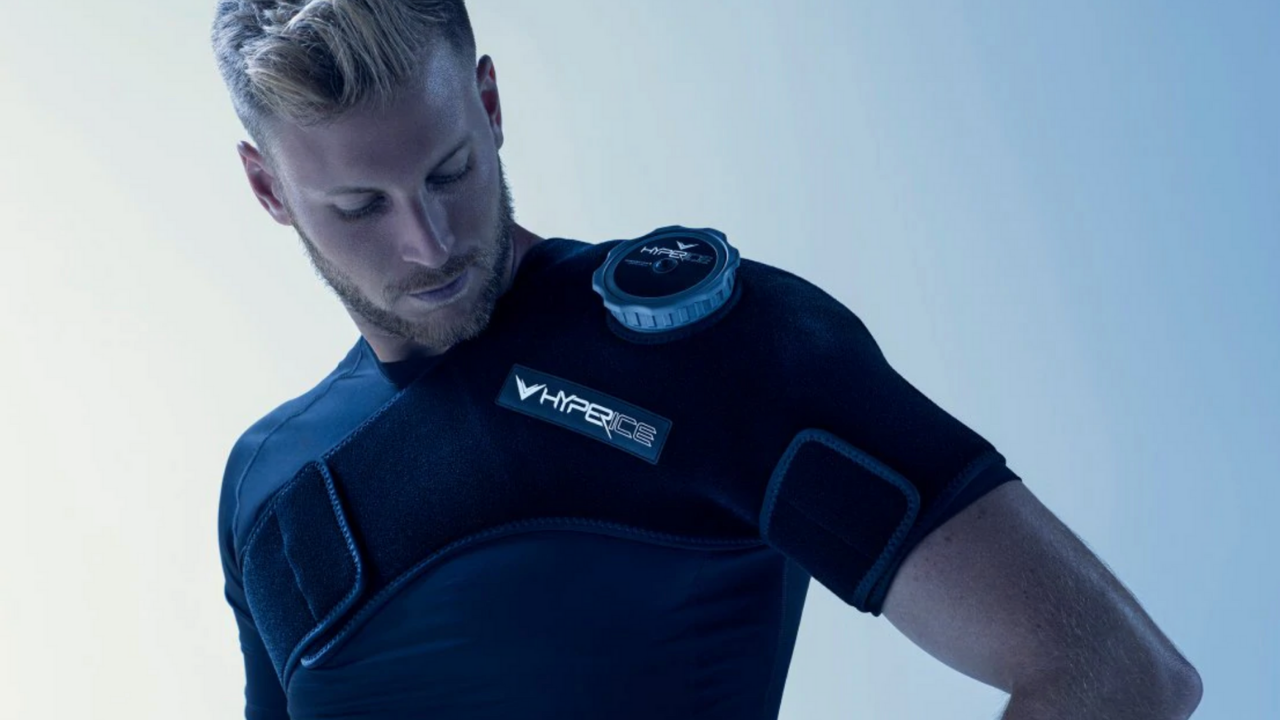
Musculoskeletal conditions are quite common and they can be uncomfortable to live with. Hydrotherapy is a treatment or management option for patients suffering from one of these conditions.
However, hydrotherapy can be used in other situations and many forms. That said, keep reading to learn more about hydrotherapy and the conditions it is most applicable for. However, before adding it to a training program, ensure you’ve discussed it with your doctor.
What is hydrotherapy?
Simply put, hydrotherapy is the use of water as a form of therapy. It could be cold water, hot water, flowing water at high pressure, a stationary body of water, etc. Provided water is involved as a main facilitator of the therapy, it’s a form of hydrotherapy.
Other than the state of the water or water body that is utilized, different forms of hydrotherapy vary in complexity. Some may require no apparatus while others might require equipment as well as specialist attention. The exact hydrotherapy regimen that is required also depends largely on the type of condition that is being managed.
Forms of hydrotherapy
As stated earlier, there are many different forms of hydrotherapy and the choice that is made is dependent on a patient’s condition and goals. The following are some of the types of hydrotherapy:
- Aquatic exercises
This usually consists of a range of physical activities that are performed underwater. It is preferably done in a pool. It is expected that the resistance provided against physical motion by the water should improve muscular strength. This form of exercise could also serve as cardio without the extra pressure on the injured joints. This exercise could be done alone or with the help of a therapist if the damage being rehabilitated from is severe.
- Warm baths
These are relaxing baths that are intended to help relax tension in joints. As such, despite their commonness, they are still considered a form of hydrotherapy. Ingredients to such baths could be considered for fragrance and other functions.
- Fomentation, wraps and compresses
This might employ cold, warm or hot water much in the same way ice packs are used. They are usually employed to provide care to a specific body area or region. Help is needed with the kind of hydrotherapy to ensure that commitment to the treatment method is unwavering.
- Saunas
Saunas are rooms set to specific temperatures. People usually sit or lounge in them. This sitting is preferably done when naked or mostly naked because of the sweating that follows. Saunas may be dry or wet and they could get very uncomfortable, but they are worth it.
- Water circuit therapy
For some types, a single form of hydrotherapy doesn’t cut it and combination therapy is employed instead. These combination therapies are referred to as water circuits or contrast hydrotherapies. Here, patients cycle through different forms of hydrotherapy, while alternating between cold and warm water. The circuit may include warm baths, cold baths, saunas, immersion therapies, etc.
- Ice baths
These might not technically fall into the hydrotherapy class for most people, but they do for us. These ice baths are done in a tub full of lots of ice submerged in water. They are preferred by athletes to facilitate quicker recovery after events.
How does hydrotherapy work?
A lot of bioengineering principles come into play in the development of aquatic exercise devices. The principles take into consideration several factors. At heart, though, the practice itself is simple. Scientific studies have proven that these simple practices can improve the strength and fitness of muscles.
Different patients have different needs and the range of activities would need to be individualized to meet those needs. The temperature of the water also has a role to play in the relaxation of muscles, easing of anxiety, etc.
Regardless of the specific type of hydrotherapy, there is a need to keep the pool, water body or water source as hygienic as possible. There are also limitations as to the people that could use hydrotherapy. People with the following conditions shouldn’t be allowed to:
- An open wound or skin infection
- Fever
- Chlorine allergy
- Epilepsy
The therapy can be used along with other forms of physical or medication therapy. In most cases, though, it is used as preliminary therapy to strengthen the muscles before moving a patient to more strenuous physical rehabilitation practices. In this way, the progress of hydrotherapy helps quicken rehabilitation.
Benefits of hydrotherapy
There are pharmaceutical regimens to help manage many motion-related conditions. Those, however, come with some complications whereas hydrotherapy is relatively more simple. In most cases, though, hydrotherapy is combined with medication regimens. Below are some of the reasons why this form of therapy is highly sought:

- It reduces/helps to manage pain, especially in patients with musculoskeletal disorders
- It could help with mental health issues. The Center for Disease Control and Prevention (CDC) indicate that such activities could improve the mental health of people.
- It could help relax and ease tension in the muscles
- It aids muscle recovery after intense physical activity
What are musculoskeletal disorders?
These are conditions affecting the muscles, joints and bones of the body. By extension, they limit movement as well. Some of these conditions are:
- Tendinitis
- Carpal tunnel syndrome
- Osteoarthritis
- Rheumatoid arthritis (RA)
- Fibromyalgia
- Bone fractures
While these disorders are common, they vary in severity from patient to patient. At the early stages, they might not be so detrimental to motion, but they reserve the potential to severely disturb a patient’s daily routine. As a result, early detection is important to controlling their progression as much as possible. Some of the symptoms that could aid early detection are:
- Pain
- Inflammation and swelling
- Redness
- Muscle weakness
- Tremors
- Muscle atrophy
- Deteriorating reflexes
The risk of developing a musculoskeletal disorder increases with age. Unfortunately, once they set in, they cannot be cured. As such, the best bet for most people is to maintain peak musculoskeletal health to prevent them. This can be achieved through regular strengthening and stretching exercises. Carrying out these exercises in a waterbody (hydrotherapy) has been proven to help. A study on people with osteoarthritis showed reduced pain and increased function after a few weeks of aquatic exercises.
People with some types of arthritis may benefit from hydrotherapy, as well. For example, one study found that people with osteoarthritis in the knee had improved markers of pain and knee function after 8 weeks of aquatic exercise. Similar exercises are effective in patients with rheumatoid arthritis.
What is plantar fasciitis?
Another one of those conditions that can cause pain and impede a person’s daily routine is plantar fasciitis. This is a condition characterized by the inflammation of the plantar fascia ligament at the bottom of the foot. This ligament normally supports the arch of the foot to help people walk, but once inflamed, they make walking difficult.
This condition develops as a result of wear and tear in the ligament, and is a common complaint. The following symptoms could indicate that a person is suffering from plantar fasciitis:
- Dull or sharp pain originating from the heel
- Pain at the middle of the foot
- Pain in the heel after non-strenuous activity
- Redness and swelling around the heel
- Tenderness of the foot
How does hydrotherapy work in plantar fasciitis patients?
The initial treatment of plantar fasciitis usually involves a combination of rest, anti-inflammation medication and braces. If these fail to do the trick, and the pain persists, most doctors move on to the injection of corticosteroids into the ligament.
An alternative routine to help manage the pain involves contrasting hydrotherapy. This hasn’t been proven scientifically but many patients have reported reduced inflammation and pain from the therapy. It simply involves placing your foot in warm water, then switching it to the cold water after about a minute. This can be done 3 or 4 times, finishing with the cold water. Some patients then go on to use a frozen water bottle to gently massage the region. Without sufficient reduction of pain, such a massage might be too uncomfortable. It is believed that the massage further eases the pain and relaxes the ligament further.
Other non-surgical treatments for plantar fasciitis include:
- Physical therapy
- Shock wave therapy
- Stretching exercises
- Use of Braces and arch supports
- Use of essential oils and CBD oil though their efficiency is in doubt
- Use of supplements
- Massaging of the calves to reduce the tension on the plantar fascia
- Massaging the arch of the foot using a ball (preferably a tennis ball)
There are surgical treatments but they are an extreme measure. In addition, they come with a lot of risks and are best left unconsidered except the situation is too severe to tolerate.
Conclusion
Musculoskeletal disorders and plantar fasciitis are not as uncommon as they may seem. Hydrotherapy isn’t as well. However, while hydrotherapy has been proven to help with some musculoskeletal conditions, its effect on plantar fasciitis hasn’t been proven. That said, they are a good bet to help manage your pain and inflammation. As such, they are worth trying out.



